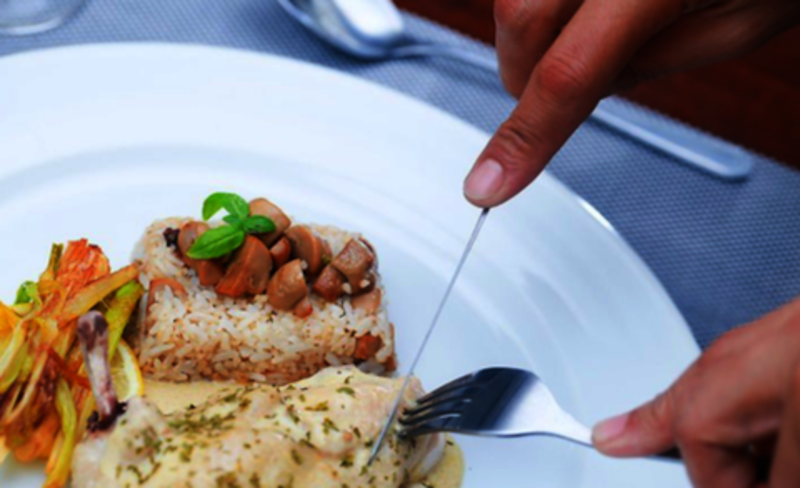Understanding British dining knife etiquette is crucial for kitchen professionals who aim to excel in the culinary world. This form of etiquette isn't just about following rules; it's an art that signifies respect for tradition and enhances the dining experience. This guide will delve into the intricacies of British dining etiquette, focusing particularly on knife usage.

The Importance of Dining Etiquette
Dining etiquette is not merely about adhering to rules; it is a reflection of cultural values and traditions. For kitchen professionals, mastering these subtle nuances can significantly impact the impression they leave on diners. Proper etiquette demonstrates professionalism and enhances the dining experience, making it more enjoyable and seamless for guests.
Understanding Knife Placement and Usage
In British dining, the placement and use of knives are of utmost importance. When setting the table, the knife is placed to the right of the plate, with the blade facing inward. This placement is intentional, signifying that the knife is ready to be picked up with the right hand, which is traditionally considered the dominant hand for most tasks. When dining, the knife is used primarily for cutting food into bite-sized pieces, allowing for easy consumption.
It's essential to remember that the knife should never be used to point or gesture at others during a meal. Such actions are considered impolite and can detract from the dining experience. Instead, focus on using the knife solely for its intended purpose of cutting food.
Mastering the Art of Cutting
Cutting food properly is a skill that requires practice and precision. When holding the knife, grip the handle firmly with your fingers wrapped around it, and your thumb resting on top for stability. The blade should be angled slightly towards the plate to ensure efficient cutting. As you cut, use a gentle sawing motion, applying minimal pressure to avoid damaging the food's texture.
This technique not only ensures that the food is cut evenly but also maintains its presentation, which is crucial in professional dining settings. For more on how to hold a knife when eating steak, visit this guide.
Resting and Finishing Positions
In British dining etiquette, knowing how to position your knife when resting or finishing a course is vital. When taking a break from eating, place the knife across the top of your plate with the blade facing inward and the handle resting on the right-hand side. This signals to servers that you are not yet finished with your meal.
Upon completing a course, position the knife diagonally across the plate, with the blade facing inward. This placement indicates that you have finished eating and are ready for your plate to be cleared. Understanding these subtle cues can greatly enhance the dining experience and demonstrate your professionalism.
Common Mistakes to Avoid
Even experienced kitchen professionals can make mistakes when it comes to dining etiquette. One common error is misplacing the knife during a meal. Always ensure that the knife is positioned correctly when not in use, as improper placement can send the wrong signal to servers and fellow diners.
Another mistake is using the knife too aggressively. Remember, a gentle touch is key to maintaining the integrity of the food. Overzealous cutting can result in uneven pieces and a less than optimal dining experience. For further reading on knife etiquette in luxury settings, check out this article.

FAQs on British Dining Knife Etiquette
Q: Is it acceptable to use my knife to scoop food?
A: No, the knife should only be used for cutting. Use your fork to scoop or pick up food.
Q: How should I signal that I'm finished with my meal?
A: Place your knife and fork parallel on the plate, with the handles at the four o'clock position. This indicates that you're finished.
Q: Can I use my knife to gesture during conversations?
A: It's best to avoid using your knife to point or gesture, as it can be perceived as impolite.
For more insights into dining etiquette across cultures, take a look at this comprehensive guide.
This article contains affiliate links. We may earn a commission at no extra cost to you.


























